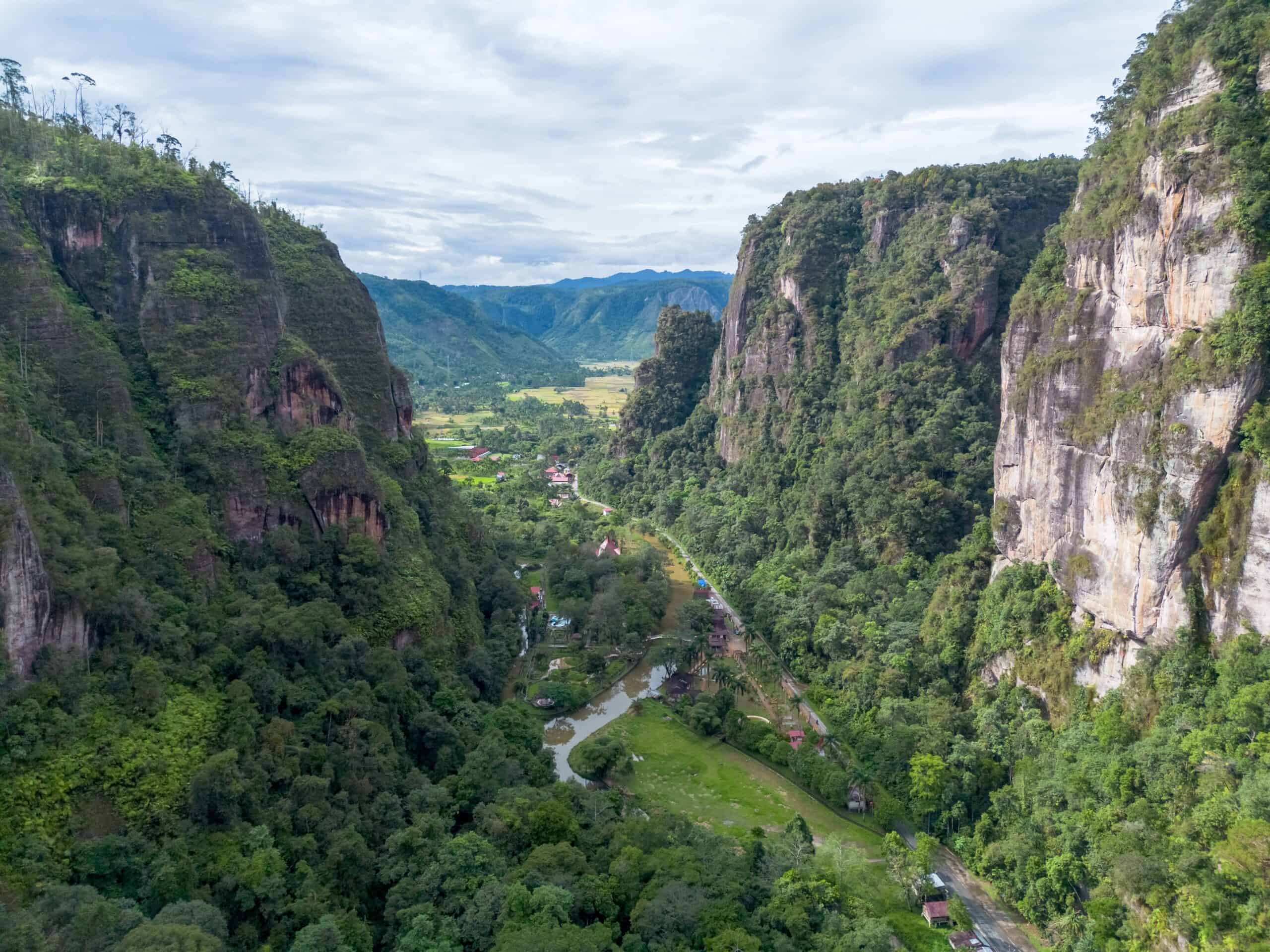Migration is one of the most remarkable survival strategies in the animal kingdom. Every year, countless species travel vast distances, navigating through oceans, skies, and land to find food, breed, or escape harsh weather. These journeys, often fraught with danger, highlight the incredible endurance and instincts that animals rely on to survive. From birds that cross entire continents to marine creatures traversing vast oceans, the scale of these migrations is truly awe-inspiring. Each species plays a vital role in maintaining the balance of ecosystems around the world.
Arctic Tern

The Arctic Tern holds the record for the longest migration of any known animal, covering over 40,000 miles in a year. It travels from the Arctic, where it breeds, to the Antarctic for the winter, making a round trip that spans the entire globe. What makes the journey even more remarkable is that the tern experiences two summers annually, taking advantage of constant daylight and abundant food. It uses the Earth’s magnetic field, the position of the sun, and wind patterns to navigate. This small bird, weighing just a few ounces, manages to thrive in two of the harshest climates on Earth.
Monarch Butterfly

The monarch butterfly’s migration is one of the most extraordinary in the insect world, as it spans up to 3,000 miles between North America and central Mexico. Every fall, millions of monarchs head south to escape the cold, congregating in the fir forests of the Sierra Madre mountains. The return journey is a multigenerational effort, with offspring continuing the trek north in the spring, even though none of the butterflies have made the full round trip. Monarchs use a combination of environmental cues, including the position of the sun and temperature changes, to find their way. This migration is also crucial for the survival of the species, as their northern habitats become inhospitable during winter.
Humpback Whale
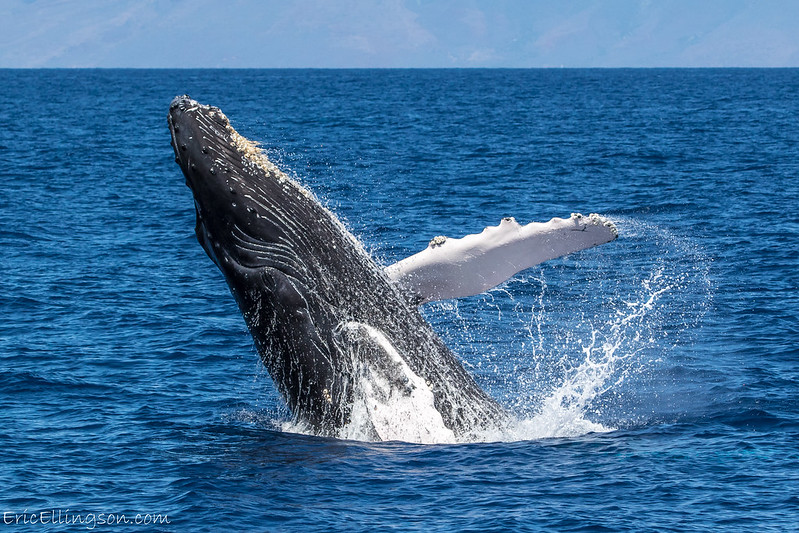
Humpback whales undertake one of the longest migrations of any mammal, swimming up to 16,000 miles annually. These giants of the sea travel from their feeding grounds in the cold waters of the Arctic and Antarctic to warmer tropical seas for breeding and giving birth. During this journey, they rely on fat reserves accumulated in the feeding months to sustain them through the food-scarce breeding grounds. Humpbacks are also famous for their complex songs, which they use to communicate during migration. Their journeys help maintain the health of ocean ecosystems, as they bring nutrients from polar regions to tropical waters.
Bar-Tailed Godwit
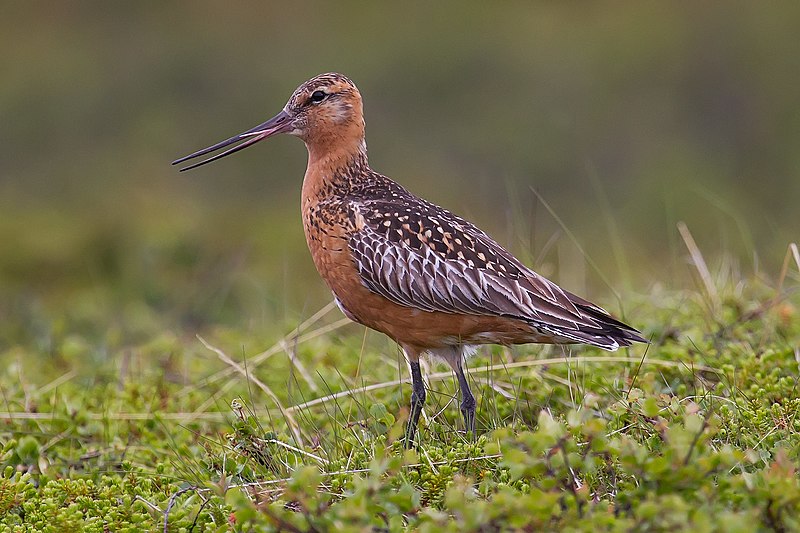
The Bar-Tailed Godwit’s migration is remarkable for its nonstop, transoceanic flight, covering up to 7,000 miles without rest. These birds breed in Alaska and fly all the way to New Zealand in just nine days, making the longest nonstop flight known for any bird species. They have incredible endurance, relying on stored fat to sustain them through the grueling journey. Godwits use wind currents to conserve energy and fly at altitudes that reduce drag. This astonishing migration allows them to avoid predators and take advantage of more abundant food sources.
Wildebeest
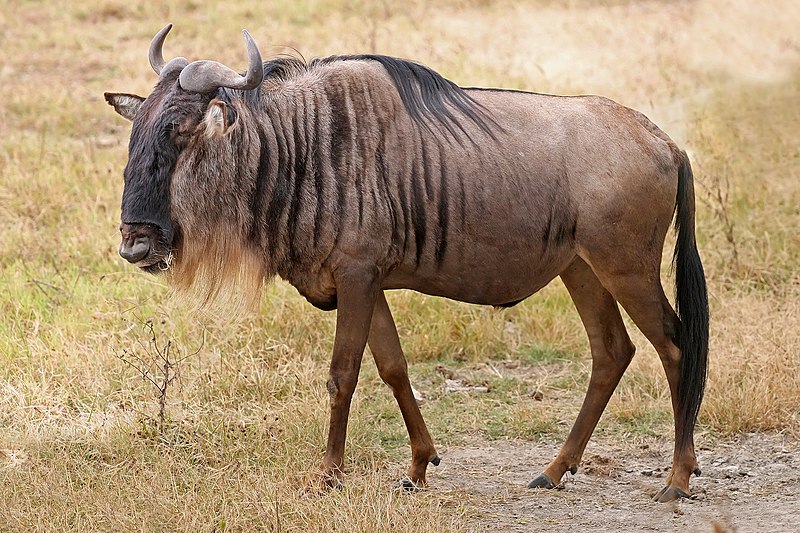
The African wildebeest migration, one of the most famous and dramatic, covers around 1,200 miles annually. Millions of wildebeest, along with zebras and gazelles, move in a massive circular route across the Serengeti and Masai Mara in search of fresh grazing grounds. Their movement is closely tied to seasonal rains and the availability of water and grass. The journey is fraught with danger, as they must cross rivers teeming with crocodiles and face predators such as lions and cheetahs. This migration plays a key role in maintaining the health of the African savanna ecosystem.
Sooty Shearwater
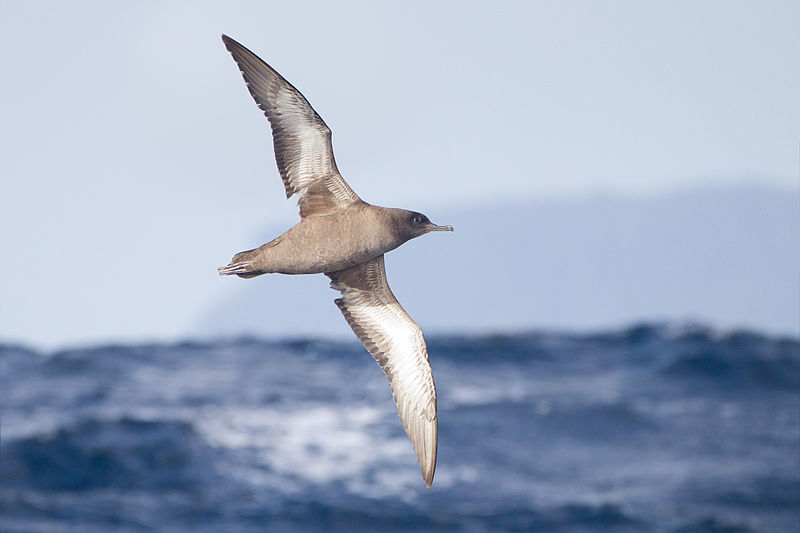
The Sooty Shearwater’s migration rivals that of the Arctic Tern, as these seabirds cover nearly 40,000 miles annually. They travel between their breeding grounds in New Zealand and the feeding grounds in the North Pacific, near Japan, Alaska, and California. Unlike many other migratory species, they take a figure-eight route, taking advantage of favorable wind currents to minimize energy expenditure. Sooty Shearwaters rely on their highly developed sense of smell to find prey in vast ocean waters. This long migration helps them avoid harsh winters and access abundant food sources in different parts of the world.
Caribou
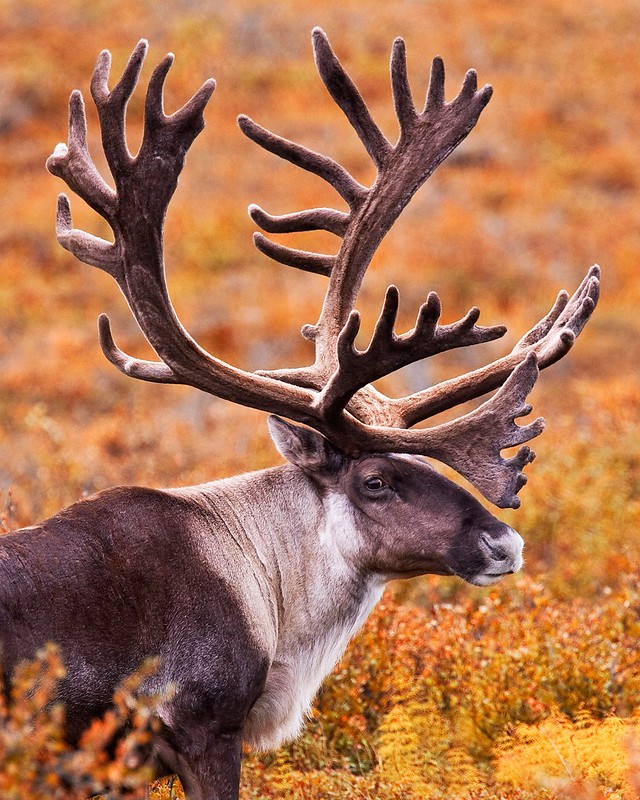
Caribou, also known as reindeer, embark on one of the longest land migrations, covering more than 3,000 miles annually. They travel between the Arctic tundra, where they give birth in the spring, and more southern forests for the winter. Their migration is driven by the search for food, particularly lichens in the winter and fresh grasses in the summer. Caribou are well-adapted to survive in extreme environments, using their large, concave hooves to traverse snow and swim across rivers. This migration is essential not only for their survival but also for the predators and ecosystems that depend on them.
Chinook Salmon
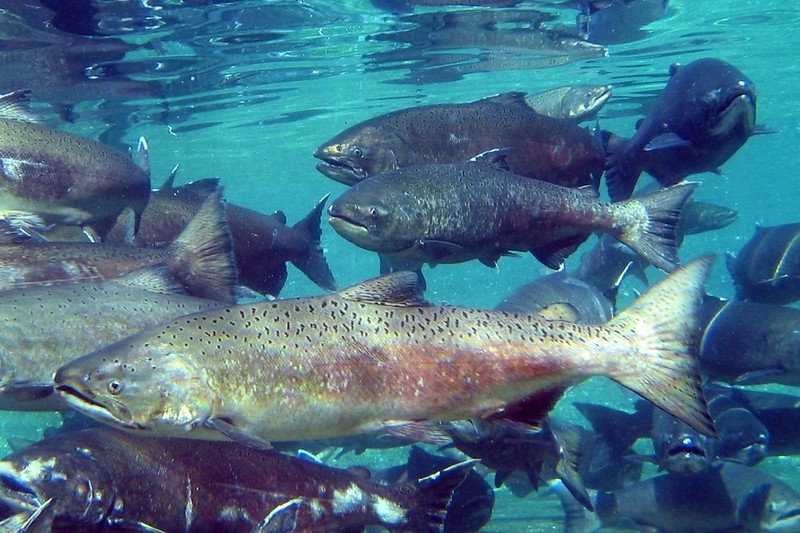
Chinook salmon undertake an arduous migration from the ocean to their freshwater spawning grounds, sometimes covering more than 1,000 miles. After spending several years at sea, these fish return to the exact river where they were born, using their acute sense of smell to guide them. The journey is fraught with challenges, including navigating through dams, predators, and strong currents. Once they reach their destination, they spawn and die, providing vital nutrients to the surrounding ecosystem. This life cycle supports a wide array of wildlife, from bears to birds, and helps maintain the health of aquatic habitats.
Leatherback Sea Turtle
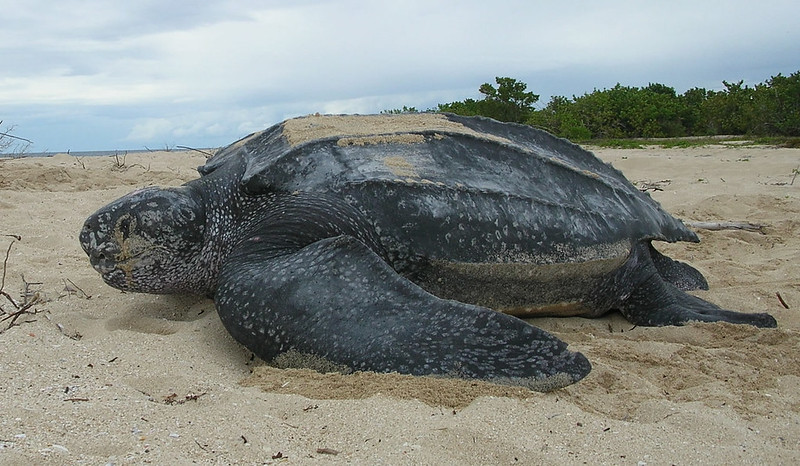
Leatherback sea turtles are the largest of all sea turtles and make impressive migrations of up to 10,000 miles each year. These turtles travel between their tropical nesting beaches and the colder waters of the Atlantic and Pacific Oceans, where they feed on jellyfish. Leatherbacks have a unique ability to regulate their body temperature, allowing them to thrive in colder waters where other turtles cannot. Despite the dangers posed by predators, fishing nets, and plastic pollution, leatherbacks continue to return to the same beaches to nest. Their long-distance migrations play a crucial role in connecting marine ecosystems across vast oceanic distances.
Grey Whale
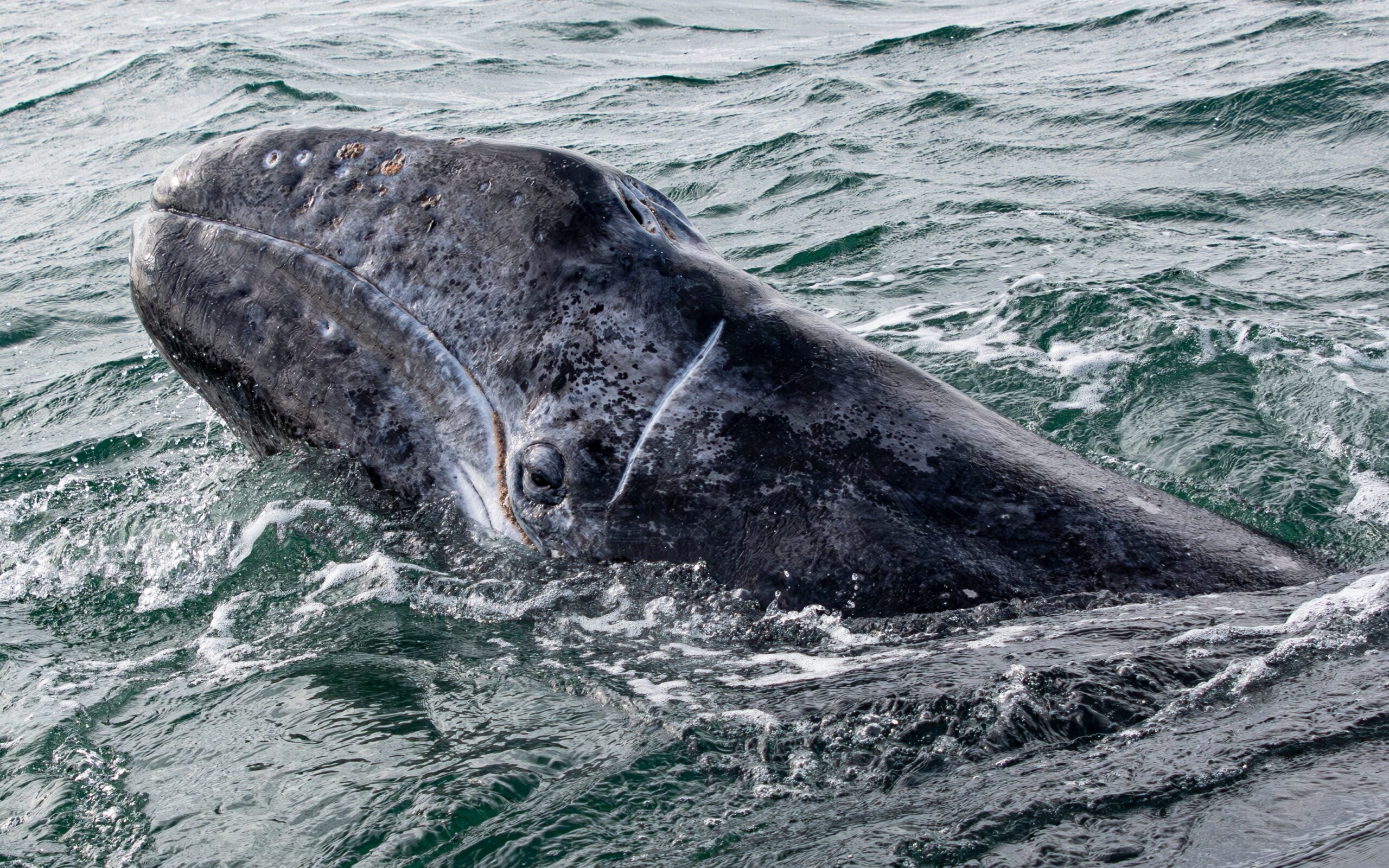
The grey whale’s migration is one of the longest of any mammal, spanning up to 14,000 miles round trip. Each year, they travel from the cold waters of the Bering Sea, where they feed, to the warm lagoons of Baja California, Mexico, where they give birth and nurse their calves. This migration is especially dangerous for calves, as they are vulnerable to predators like orcas along the way. Grey whales use shallow coastal waters to navigate and protect themselves during the journey. Their migration supports the health of marine ecosystems by redistributing nutrients as they move between feeding and breeding grounds.
Red Knot
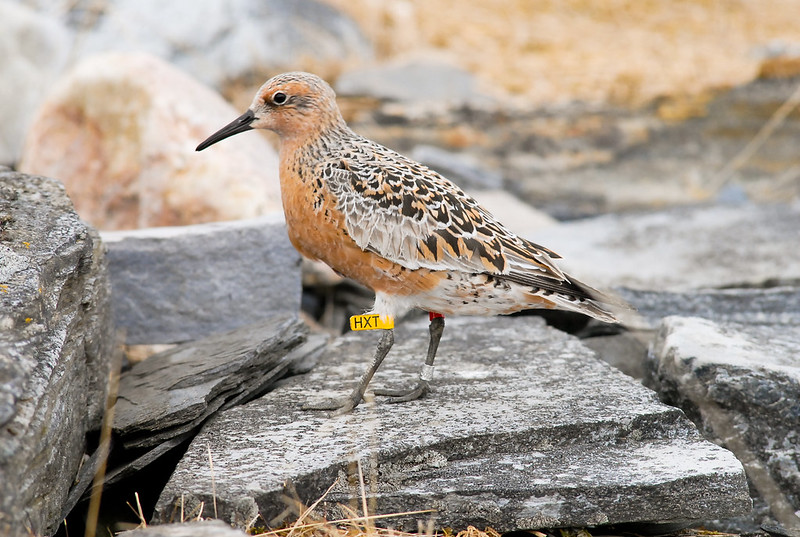
The red knot is a small shorebird with a migration that covers nearly 9,000 miles, from the Arctic tundra to the southern tip of South America. It times its migration to coincide with the availability of food, particularly horseshoe crab eggs along the eastern coast of North America. Red knots are known for their endurance, often flying nonstop for days at a time. Their migration is essential for the survival of the species, but climate change and habitat destruction have made the journey more perilous. Conservation efforts are crucial to preserving the delicate balance that supports these migratory patterns.
Sandhill Crane
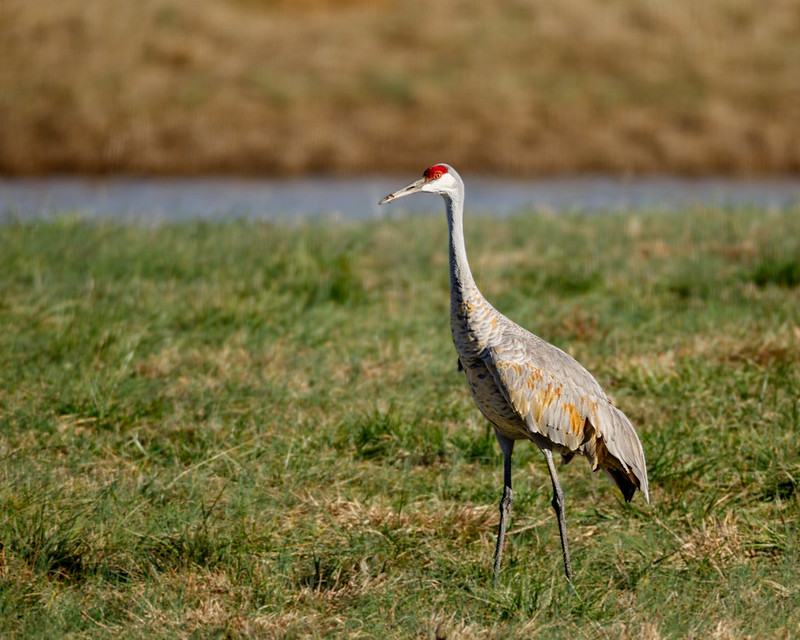
Sandhill cranes undertake a remarkable migration, traveling up to 5,000 miles between their breeding grounds in the northern U.S. and Canada and their wintering grounds in the southern U.S. and Mexico. These large, elegant birds use thermals to glide for long distances, conserving energy as they migrate in large flocks. They are known for their loud, distinctive calls, which help them stay connected during the journey. Sandhill cranes also stop at key staging areas along their route to rest and feed. Their migration is one of the most visually spectacular, as thousands of cranes can be seen together in flight.
European Eel
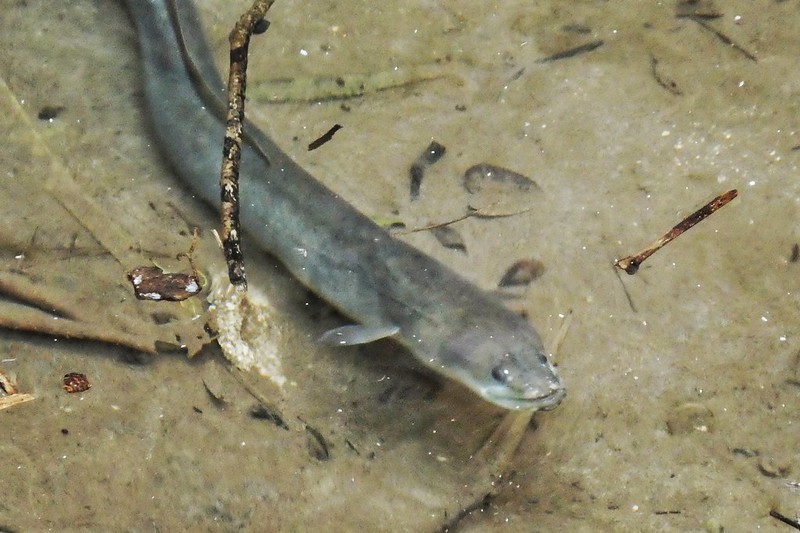
The European eel’s migration is a mysterious and lengthy journey of about 3,700 miles from European rivers to the Sargasso Sea, where they spawn. Young eels, called elvers, make the return trip, swimming back to the rivers where they will grow into adults. The migration takes place over several years, with adult eels navigating through freshwater rivers and across the Atlantic Ocean. Their migration is poorly understood, as much of it takes place in the deep ocean. The European eel is critically endangered due to overfishing and habitat loss, making their incredible journey even more precarious.
Pronghorn Antelope
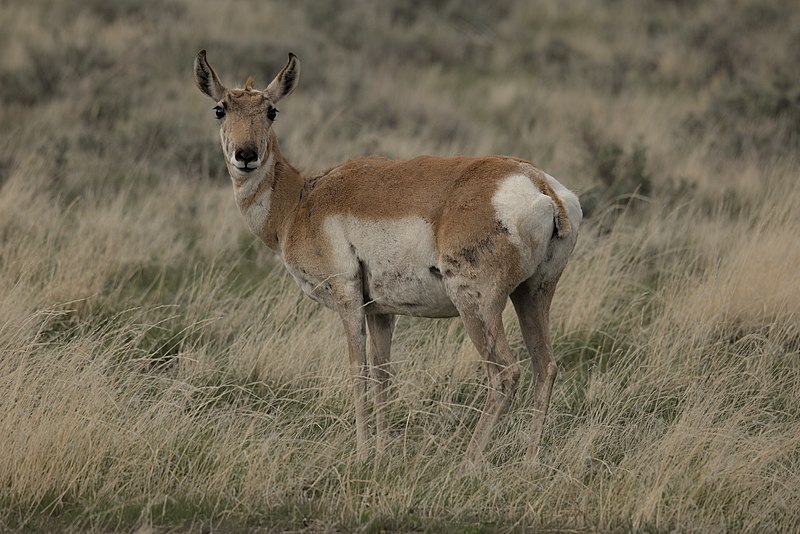
The pronghorn antelope has the longest land migration in North America, traveling more than 300 miles between Wyoming and Montana. They follow ancient migratory routes that have been used for thousands of years, moving in search of food and water as the seasons change. Pronghorns are incredibly fast runners, reaching speeds of up to 60 miles per hour, which helps them evade predators during migration. Their journey is often impeded by human-made barriers like roads and fences, which conservationists are working to mitigate. This migration is vital for maintaining the balance of grassland ecosystems in the region.
Atlantic Bluefin Tuna
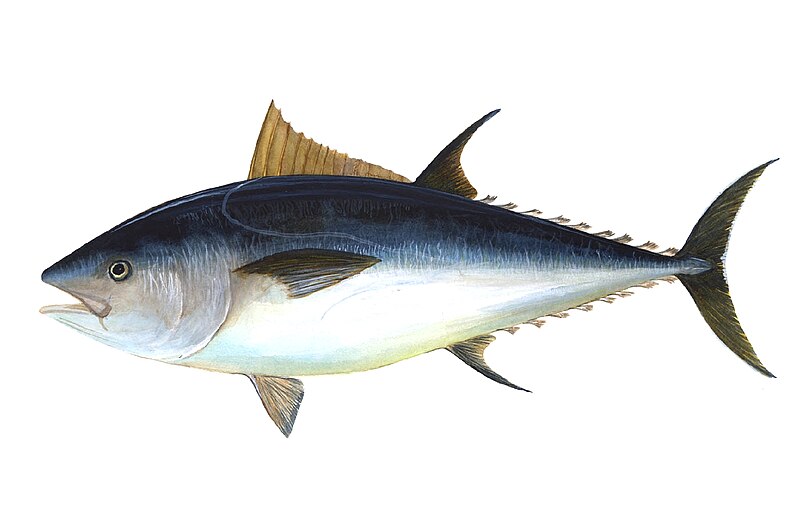
The Atlantic bluefin tuna is one of the fastest fish in the ocean, migrating across the Atlantic between North America and Europe. They are highly prized for their meat, making their migration both economically significant and perilous due to overfishing. Bluefin tuna travel up to 5,000 miles to reach their spawning grounds in the Gulf of Mexico or the Mediterranean Sea. These fish are known for their incredible speed and stamina, capable of swimming at speeds of up to 50 miles per hour. Their migration plays a crucial role in connecting marine ecosystems across continents.
This article originally appeared on Rarest.org.
More From Rarest.Org
Exploring the world’s most hidden valleys is like stepping into nature’s best-kept secrets, where breathtaking landscapes lie cradled between towering mountains. These secluded sanctuaries offer a rare glimpse into the untouched beauty of our planet, often far from the bustling crowds and well-trodden paths. Read more.
When it comes to luxury travel, few experiences can match the opulence and comfort of a cruise. For those seeking the ultimate in relaxation and style, selecting the right cruise line is essential. Read more.
When it comes to exploring the world in style, elite travel clubs offer experiences that go far beyond the ordinary. These exclusive memberships open doors to unparalleled adventures, providing access to private jets, luxury accommodations, and personalized itineraries that cater to the most discerning travelers. Read more.

